Table of Contents
Guide
Page List


Copyright 2022, 2020, 2019, 2017, 2015, 2013, 2012, 2010, 2008 by Kaplan North America, LLC, dba Barrons Educational Series
Previous edition Copyright 2004 by Kaplan, Inc., d/b/a Barrons Educational Series, under the title How to Prepare for the AP English Language and Composition.
Prior editions Copyright 2000, 1997, 1992, 1987, 1984, 1980, and 1974 by Kaplan, Inc., d/b/a Barrons Educational Series, under the title How to Prepare for AP English.
All rights reserved under International and Pan-American Copyright Conventions. By payment of the required fees, you have been granted the non-exclusive, non-transferable right to access and read the text of this eBook on screen. No part of this text may be reproduced, transmitted, downloaded, decompiled, reverse engineered, or stored in or introduced into any information storage and retrieval system, in any form or by any means, whether electronic or mechanical, now known or hereinafter invented, without the express written permission of the publisher.
Published by Kaplan North America, LLC, dba Barrons Educational Series
1515 W. Cypress Creek Road
Fort Lauderdale, FL 33309
www.barronseduc.com
ISBN: 978-1-5062-7934-3
10 9 8 7 6 5 4 3 2 1
Kaplan North America, LLC, dba Barrons Educational Series print books are available at special quantity discounts to use for sales promotions, employee premiums, or educational purposes. For more information or to purchase books, please call the Simon & Schuster special sales department at 866-506-1949.
About the Author
During his thirty-plus years as a high school English teacher, George Ehrenhaft introduced many hundreds of students to the riches of literature. He aimed to show how plot, character, and voice serve not only as a means to convey what authors and poets hope to say in their writings, but also, more important, to stimulate students to explore their own nature and discover thoughts and feelings residing within themselves. In short, he encouraged students not only to strive for 5s on AP exams but also to engage in a lifelong quest to learn what it means to be human.
In addition to AP books on literature and language, Ehrenhaft has written books on ACT and SAT preparation, on English grammar, on writing college application essays, and based on his personal experienceof all thingson the joys and frustrations of being a do-it-yourself home builder.
Table of Contents
Welcome to the AP English Language and Composition exam. This book will take you on a virtual trip through every nook and cranny of the test. Its pages will acquaint you with the types of questions asked on the exam and show you how to write high-scoring essays.
Review and Practice
Youll find hundreds of sample questions and crucial test-taking tips. Youll also be introduced to principles of rhetoric and find a review of the grammar you need to know for the exam.
Diagnostic Test
You can first take the Diagnostic Test to gain an understanding of your strengths and weaknesses. You probably know that the AP English Language and Composition exam tests your understanding of how writers use language to convey meaning. It does this by asking you to respond to 45 multiple-choice questions about the text of five nonfiction prose passages written for different purposes and drawn from a range of historical periods.
The exam also contains three essay questions. The first essay, called the synthesis essay because in constructing your essay you must incorporate, or synthesize, material from at least three of five or more sources that comprise the question, or prompt, as it is commonly called.
To answer the second essay question, you must identify and analyze the rhetorical techniques used in a passage of nonfiction prose. A third question asks you to write an argument for or against a disputable idea expressed in a brief statement or passage.
The exam lasts three hours and 15 minutes and consists of two sections. The short-answer section takes one hour and counts for 45 percent of the total score. The essay section, lasting two-and-a-quarter hours, comprises 55 percent of your grade. As you take the Diagnostic Test, you can set a timer to create a similar setting.
SECTION I | SECTION II |
45 multiple-choice questions based on five nonfiction prose passages (One hour) Two of the passages are followed by reading/rhetoric questions. The other three are followed by questions on writing. | Question 1  A synthesis essay that uses sources to support your position on a given issue A synthesis essay that uses sources to support your position on a given issue
Question 2  An essay that analyzes the style, rhetoric, and use of language in a selected prose passage An essay that analyzes the style, rhetoric, and use of language in a selected prose passage
Question 3  An essay in which you argue for or against an idea expressed in a given statement or brief prose passage An essay in which you argue for or against an idea expressed in a given statement or brief prose passage
(Two hours and 15 minutes) |
Practice Tests
The final section of the book offers the opportunity to take four full-length practice tests that include all question types found on the actual exam. A comprehensive answer explanation is provided for each multiple-choice question, and a sample essay and rubric are provided for all writing. Take all of the practice tests, of course. They are meant to give you that extra edge that turns a good AP score into a better one.
Online Practice
There are three full-length online practice exams. You may take these exams in practice (untimed) mode or in timed mode. All questions include answer explanations.
For Students
Your score on the test is reported on a scale of 15. In general, scores are interpreted to mean that you are:
Extremely well qualified
Well qualifed
Qualified
Possibly qualified
Not recommended for AP credit
A high score on the exam demonstrates a proficiency in English at least on a par with students whove passed an introductory college-level course in composition or rhetoric. Some colleges award academic credit or offer more advanced English courses to high-scoring students. Because each college or university makes its own policies regarding AP scores, be sure to check with the admissions office of the institution you hope to attend.
Keep in mind that preparation for the exam isnt instantaneous. For most students its a gradual and often painstaking process of study, review, and more study. In other words, give yourself time. Take it slowly. If the exam is months away, set aside, say, 30 minutes a day to work your way through the pages of this book. Yes, 30 minutes takes a big bite out of a high school students day, but to get ready for the AP exam, theres no substitute for the steady accumulation of knowledge over a long period of time. If time is short between now and the exam, cramming may help you earn a good score, especially if you familiarize yourself with the test instructions and the format of the exambut, frankly, cramming is a less than perfect approach.

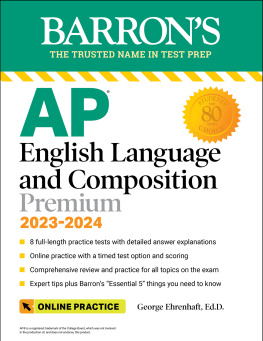

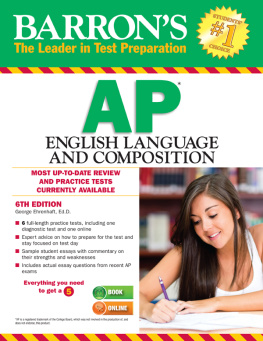
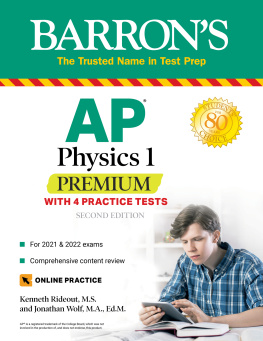
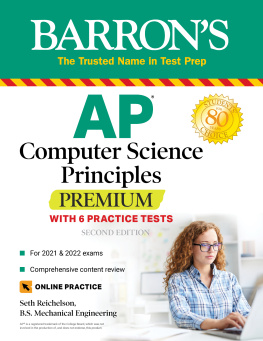


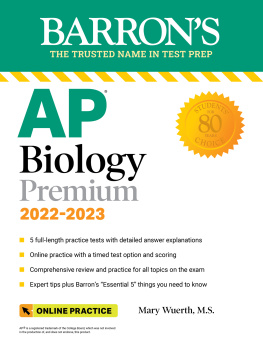
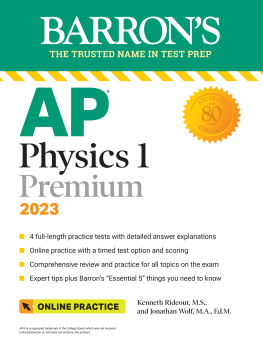
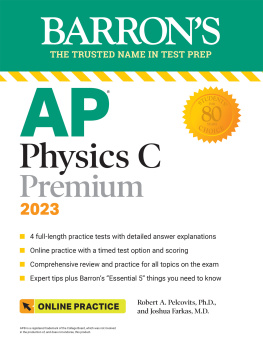
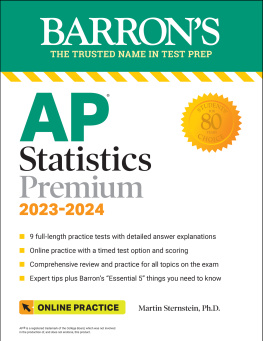
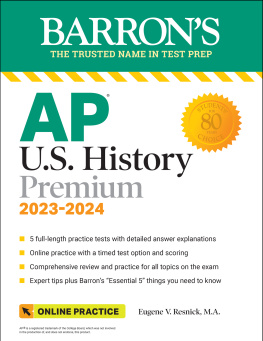





 A synthesis essay that uses sources to support your position on a given issue
A synthesis essay that uses sources to support your position on a given issue